A new proof significantly strengthens a decades-old result about the ubiquity of ways to represent whole numbers as sums of unit fractions.



Researchers created a mathematical framework to examine the genome and detect signatures of natural selection, deciphering the evolutionary past and future of non-coding DNA.
Despite the sheer number of genes that each human cell contains, these so-called “coding” DNA sequences comprise just 1% of our entire genome. The remaining 99% is made up of “non-coding” DNA — which, unlike coding DNA, does not carry the instructions to build proteins.
One vital function of this non-coding DNA, also called “regulatory” DNA, is to help turn genes on and off, controlling how much (if any) of a protein is made. Over time, as cells replicate their DNA to grow and divide, mutations often crop up in these non-coding regions — sometimes tweaking their function and changing the way they control gene expression. Many of these mutations are trivial, and some are even beneficial. Occasionally, though, they can be associated with increased risk of common diseases, such as type 2 diabetes, or more life-threatening ones, including cancer.
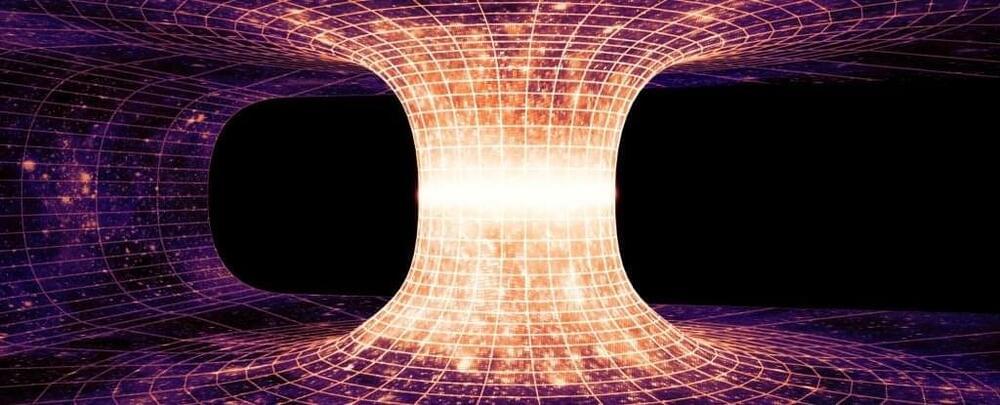
What happens to information after it has passed beyond the event horizon of a black hole? There have been suggestions that the geometry of wormholes might help us solve this vexing problem – but the math has been tricky, to say the least.
In a new paper, an international team of physicists has found a workaround for better understanding how a collapsing black hole can avoid breaking the fundamental laws of quantum physics (more on that in a bit).
Although highly theoretical, the work suggests there are likely things we are missing in the quest to resolve general relativity with quantum mechanics.
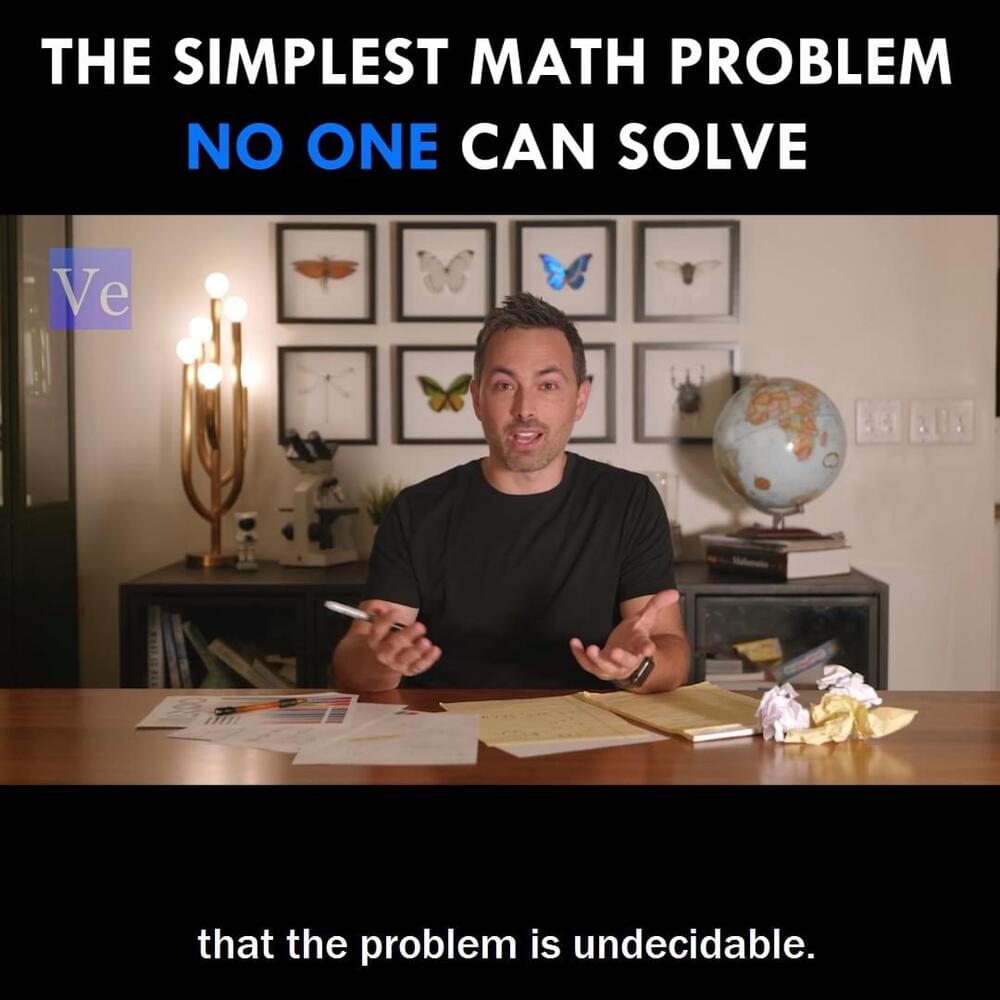
Multiply an odd number by an odd number and then add 1 always gives an even number.
Divide an even number by 2 gives an odd number half of the time and an even number half of the time.
Therefore these formulae leans towards even numbers as the output and hence if you do the calculation enough times, you will eventually end up in the 4−2−1 loop.
Is neuromorphic computing the only way we can actually achieve general artificial intelligence?
Very likely yes, according to Gordon Wilson, CEO of Rain Neuromorphics, who is trying to recreate the human brain in hardware and “give machines all of the capabilities that we recognize in ourselves.”
Rain Neuromorphics has built a neuromorphic chip that is analog. In other words it does not simulate neural networks: it is a neural network in analog, not digital. It’s a physical collection of neurons and synapses, as opposed to an abstraction of neurons and synapses. That means no ones and zeroes of traditional computing but voltages and currents that represent the mathematical operations you want to perform.
Right now it’s 1000X more energy efficient than existing neural networks, Wilson says, because it doesn’t have to spend all those computing cycles simulating the brain. The circuit is the neural network, which leads to some extraordinary gains in both speed improvement and power reduction, according to Wilson.
Links:
Rain Neuromorphics: https://rain.ai.
Episode sponsor: SMRT1 https://smrt1.ca/
Support TechFirst with $SMRT coins: https://rally.io/creator/SMRT/
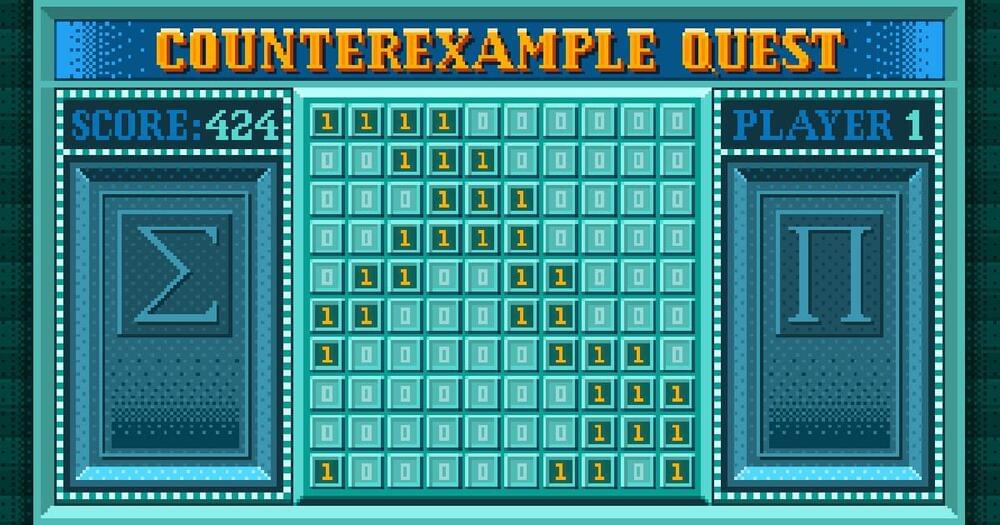
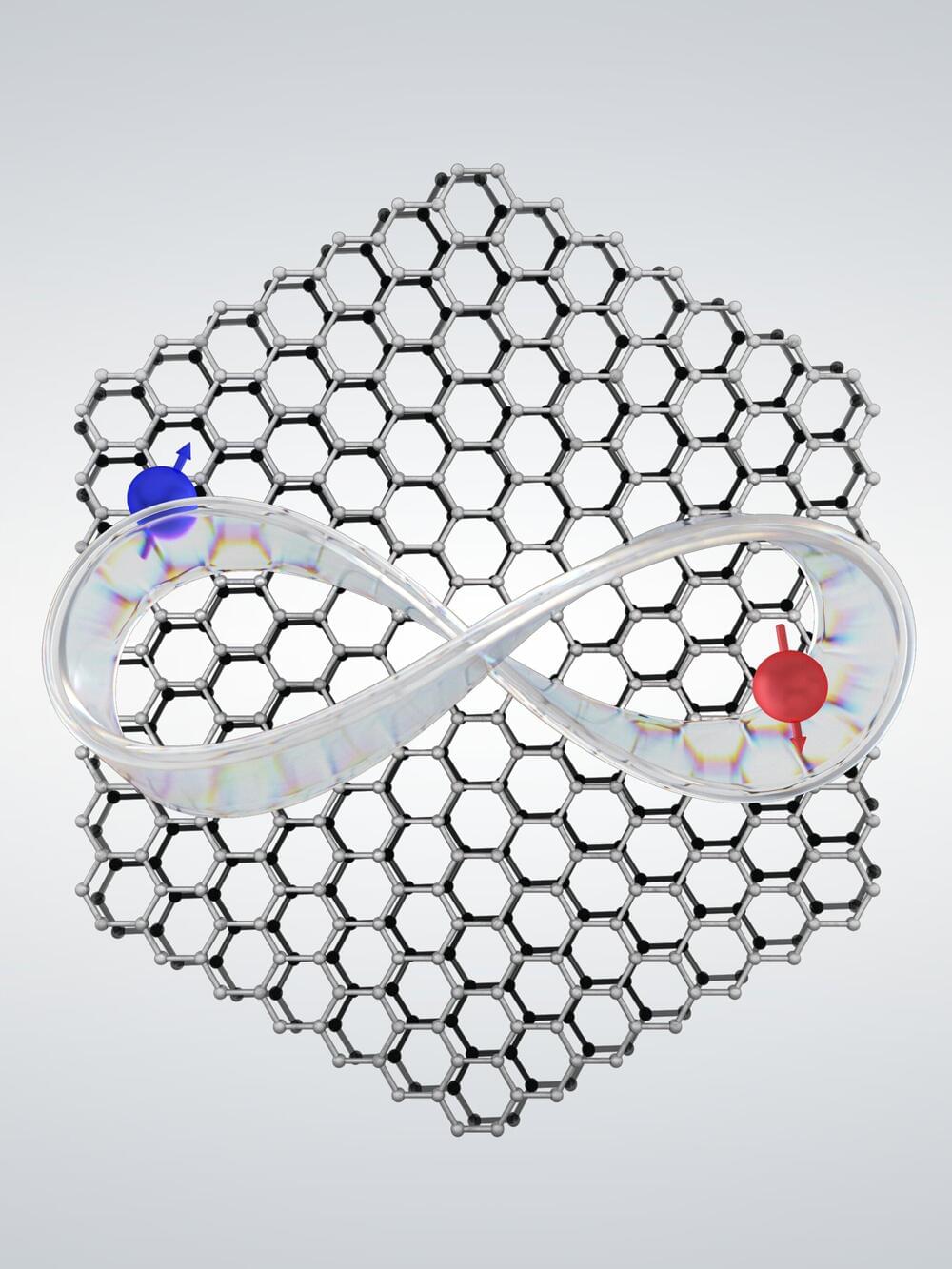
A new review paper on magnetic topological materials introduces a theoretical concept that interweaves magnetism and topology. It identifies and surveys potential new magnetic topological materials and suggests possible future applications in spin and quantum electronics and as materials for efficient energy conversion.
Magnetic topological materials represent a class of compounds whose properties are strongly influenced by the topology of the electronic wavefunctions coupled with their spin configuration. Topology is a simple concept dealing with the surfaces of objects. The topology of a mathematical structure is identical if it is preserved under continuous deformation. A pancake has the same topology as a cube, a donut as a coffee cup, and a pretzel as a board with three holes. Adding spin offers additional structure—a new degree of freedom—for the realization of new states of matter that are not known in non-magnetic materials. Magnetic topological materials can support chiral channels of electrons and spins, and can be used for an array of applications including information storage, control of dissipationless spin and charge transport, and giant responses under external stimuli such as temperature and light.
The review summarizes the theoretical and experimental progress achieved in the field of magnetic topological materials beginning with the theoretical prediction of the quantum anomalous Hall effect without Landau levels, leading to recent discoveries of magnetic Weyl semimetals and antiferromagnetic topological insulators. It also outlines recent tabulations of all magnetic symmetry group representations and topology. As a result, all known magnetic materials—including future discoveries—can be fully characterized by their topological properties. The identification of materials for a specific technological application (e.g., quantum anomalous Hall) is straightforward.
In a vacuum like space, the speed of light is just over 186,280 miles per second. Scientists have now shown it’s possible to slow it down to zero miles per second without sacrificing its brightness, regardless of its frequency or bandwidth.
A team of researchers from the Israel Institute of Technology and the Institute of Pure and Applied Mathematics in Brazil discovered a method of theoretically bringing the speed of light to a halt by capitalizing on “exceptional points”—coordinates at which two separate light emissions reach each other and merge into a single one, according to Phys.org. A paper describing the research was published in the scientific journal Physical Review Letters.
The first involves aiming a laser into a cloud of ultracold sodium atoms, the researchers wrote in their paper. When the laser is abruptly switched off, a slow pulse of light is imprinted onto the atoms, essentially bringing the light to a halt by absorbing it; the imprinted shape can then be converted back into a photon. But it’s the second method that allowed the researchers to make their breakthrough.
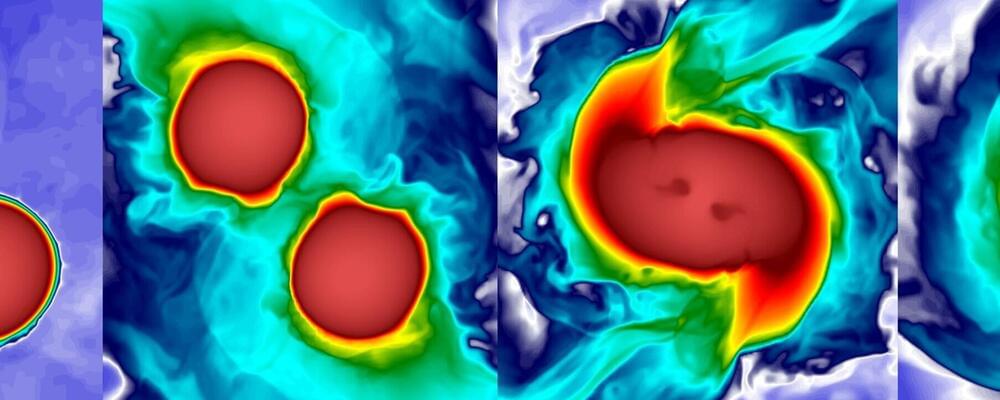
A huge amount of mysterious dark energy is necessary to explain cosmological phenomena, such as the accelerated expansion of the Universe, using Einstein’s theory. But what if dark energy was just an illusion and general relativity itself had to be modified? A new SISSA study, published in Physical Review Letters, offers a new approach to answer this question. Thanks to huge computational and mathematical effort, scientists produced the first simulation ever of merging binary neutron stars in theories beyond general relativity that reproduce a dark-energy like behavior on cosmological scales. This allows the comparison of Einstein’s theory and modified versions of it, and, with sufficiently accurate data, may solve the dark energy mystery.
For about 100 years now, general relativity has been very successful at describing gravity on a variety of regimes, passing all experimental tests on Earth and the solar system. However, to explain cosmological observations such as the observed accelerated expansion of the Universe, we need to introduce dark components, such as dark matter and dark energy, which still remain a mystery.
Enrico Barausse, astrophysicist at SISSA (Scuola Internazionale Superiore di Studi Avanzati) and principal investigator of the ERC grant GRAMS (GRavity from Astrophysical to Microscopic Scales) questions whether dark energy is real or, instead, it may be interpreted as a breakdown of our understanding of gravity. “The existence of dark energy could be just an illusion,” he says, “the accelerated expansion of the Universe might be caused by some yet unknown modifications of general relativity, a sort of ‘dark gravity’.”

“We were really surprised by this result because our motivation was to find an indirect route to improve performance, and we thought trust would be that—with real faces eliciting that more trustworthy feeling,” Nightingale says.
Farid noted that in order to create more controlled experiments, he and Nightingale had worked to make provenance the only substantial difference between the real and fake faces. For every synthetic image, they used a mathematical model to find a similar one, in terms of expression and ethnicity, from databases of real faces. For every synthetic photo of a young Black woman, for example, there was a real counterpart.